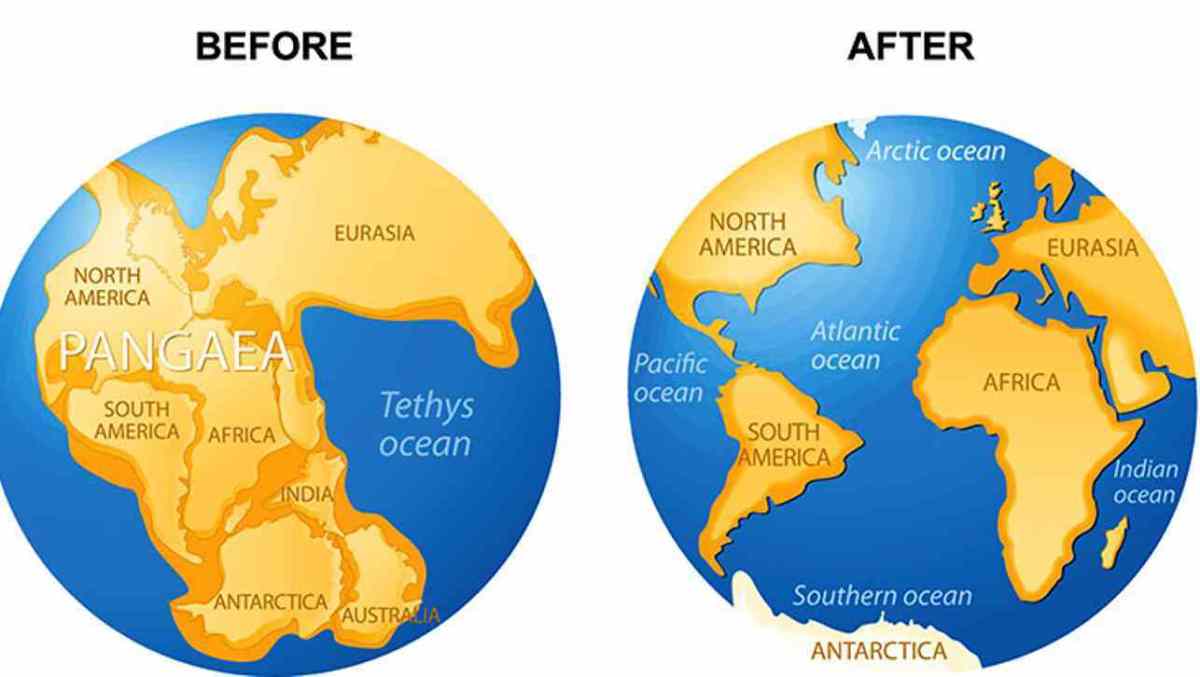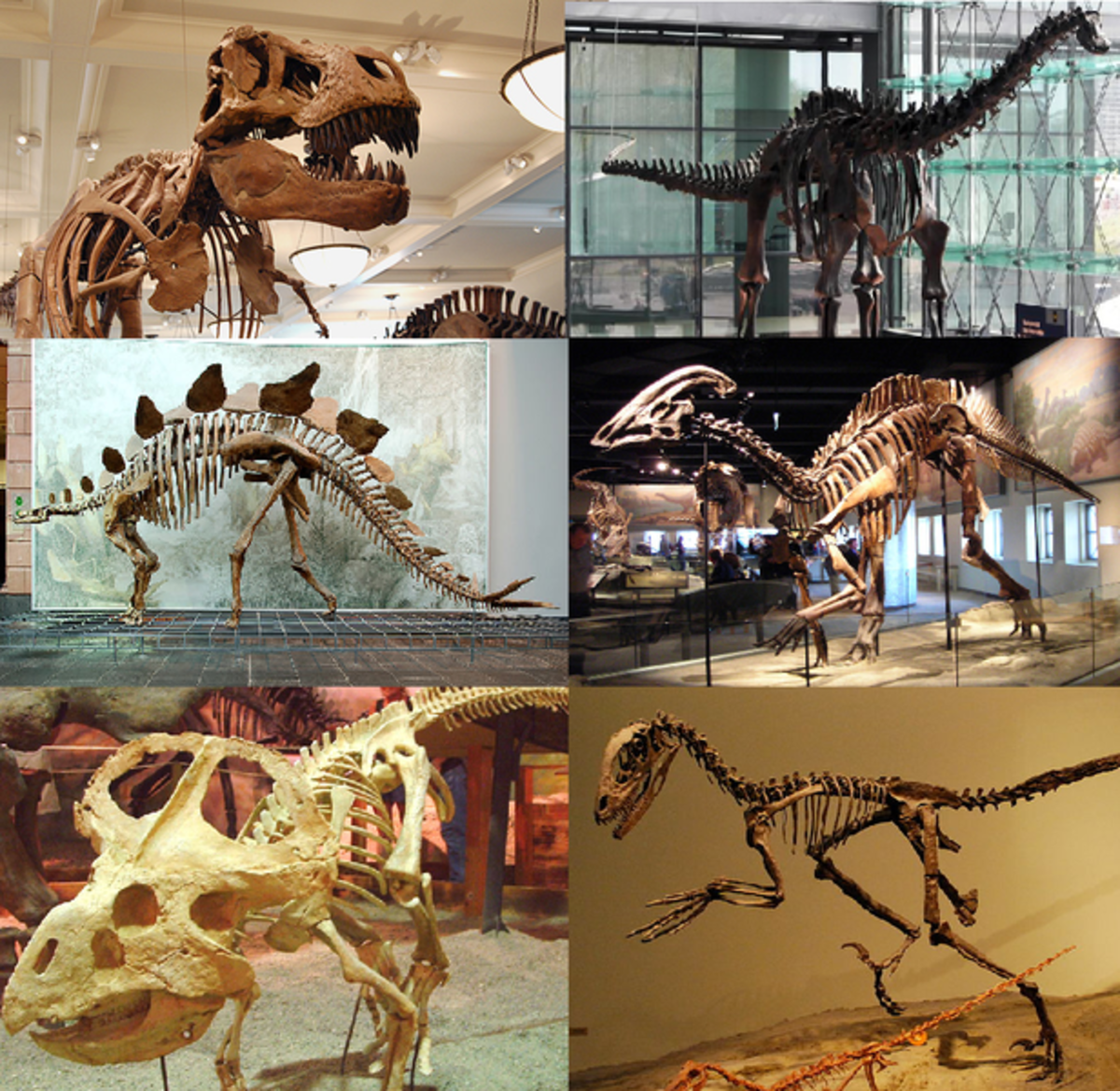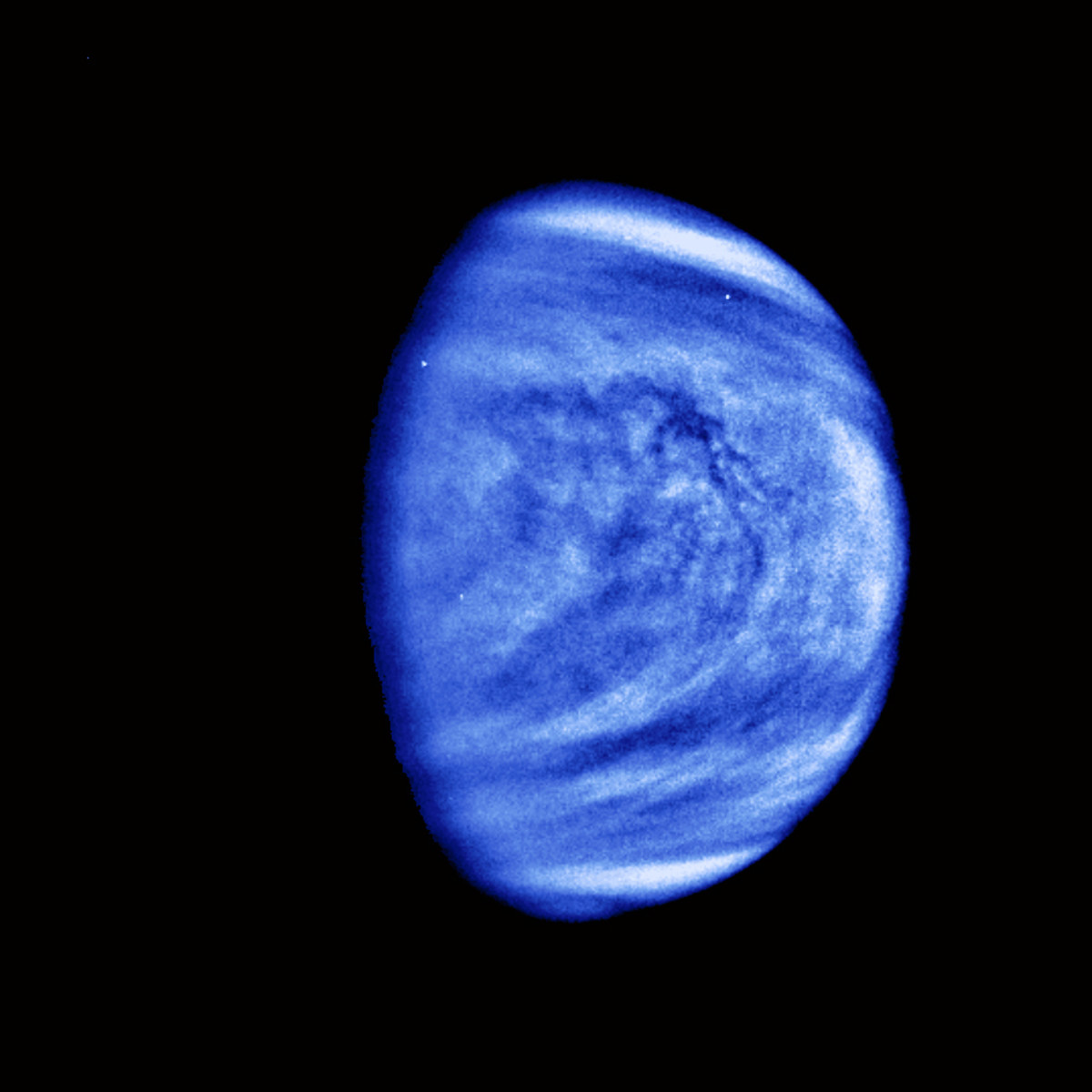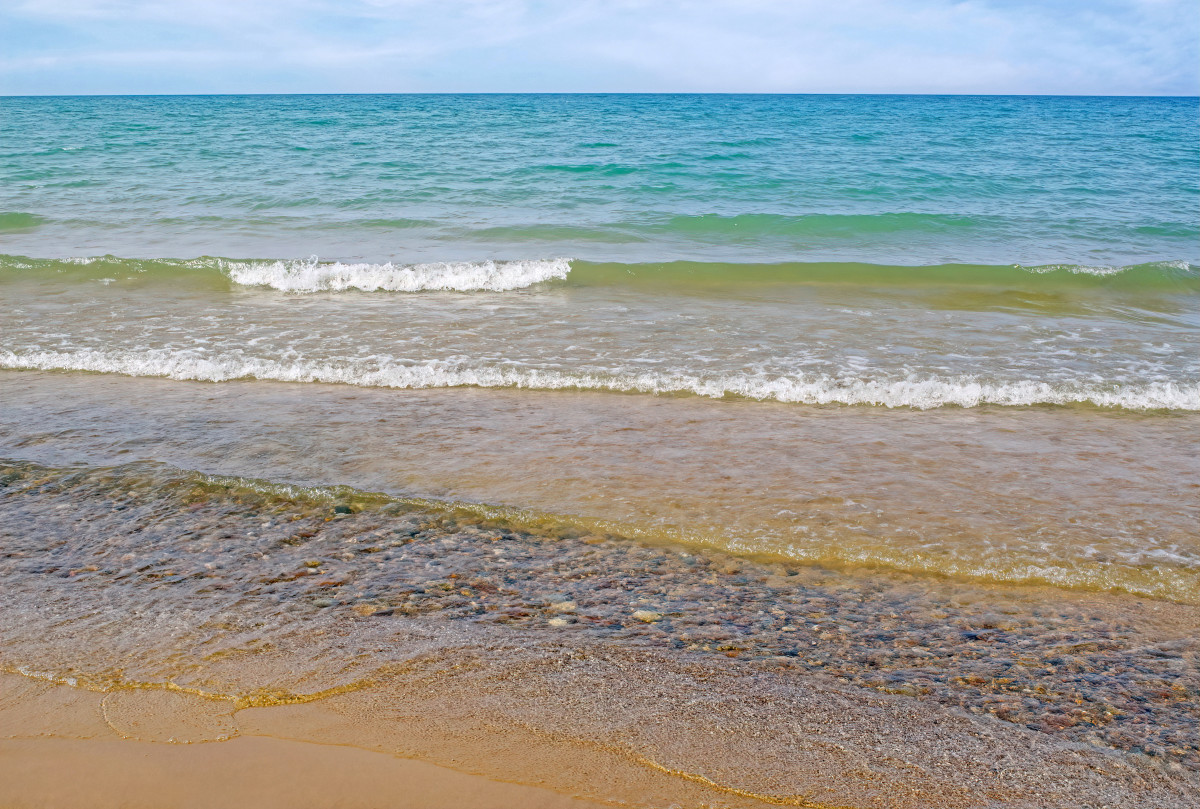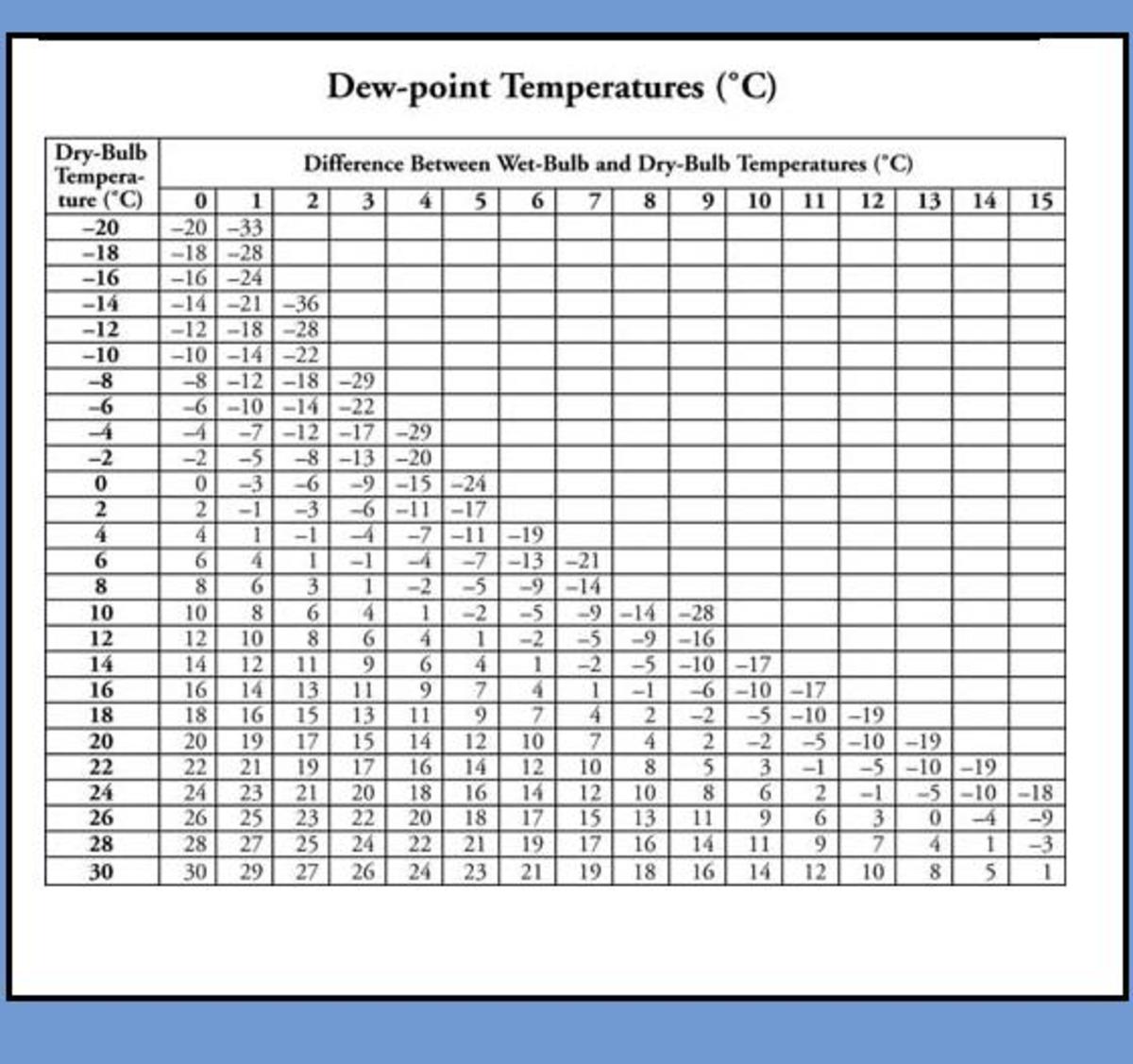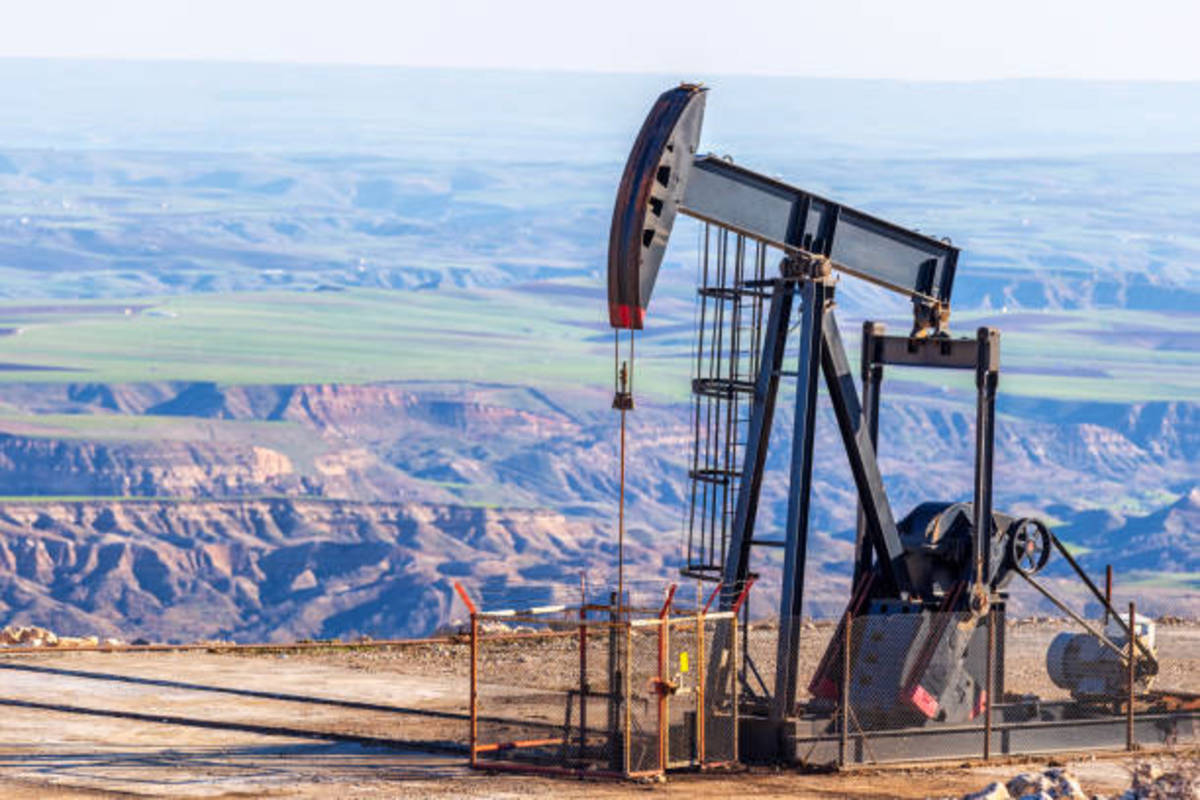structure of the planet earth
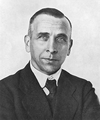
rock steady
When the German meteorologist, Alfred Lothar Wegener put forward in 1915 the idea that the continents move over the face of the earth, the theory of continental drift, he was largely ignored by other scientists. The idea that anything as large as an entire continent was less than rock steady seemed to many to be ludicrous, but Wegener was right, not until some 40 years later and more than 25 years after he died during an expedition to Greenland, did his theory win widespread applause.
Wegener formed his theory to explain several geological puzzles. He knew from fossil evidence that tropical plants once grew in icy regions such as Alaska. Rock formations also indicated that glaciers once covered parts of tropical Africa. The English scientist Francis Bacon had pointed out as early as 1620 the jigsaw like fit between the west coast of Africa, and the east cost of south America.
The clinching evidence for Wegener emerged only in the 50's and the 60's from the study of magnetism and rocks. Scientists found that magnetic deposits in rocks formed at different times, in a single continent were lined up in different directions, as though the north pole had once been near the equator, and had moved over the ages to its present position.
Since scientists knew that the poles had been always roughly aligned with the earth's axis of rotation, the only explanation was that the rocks themselves had moved after they had formed, and that the continents had moved with them.
Super continent
An astronaught looking down on the earth 200 million years ago, would have seen a single giant land mass. Geoligists today call it pangaea from the greek words for all earth. The vast ocean that covered the rest of the earth they have named Panthalassa, from the greek words from all sea. Between 180 -200 million years ago Pangaea began to split into 2 sections Laurasia which consisted of present day north America Europe and asia, and Gondwanaland, which consisted of Africa south America India and Antarctica and Australia's.
As these continents drifted they continued to split up, and the resulting parts each on a giant raft like plate of rock. Slowley took up their present positions. The 2 Americas linked.
Arabia separated from Africa and became part of asia. India plowed into southern Asia, producing enough pressure to create the himalayas.

